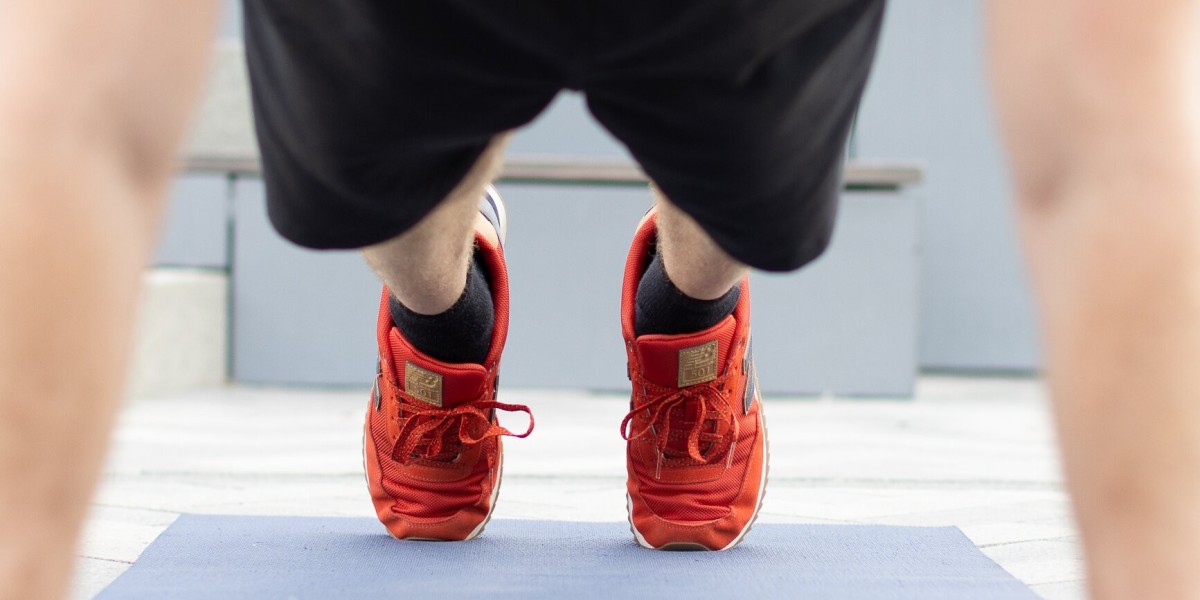How many yoga blocks do you need, 1 or 2?
If you're going to invest in yoga blocks, get a pair right away. Many of the ways yoga blocks are used to help you get deeper usually require a single block. However, for strengthening and improving flexibility in asanas, you need two blocks, one on each side.
How to use yoga blocks?
Yoga blocks can be used in a variety of ways, but ultimately, to benefit you, it all comes down to three main things: lengthening, strengthening, and support.
Lengthening:
Using yoga blocks will help you avoid overexerting yourself, improve your alignment, and go deeper into a pose to become more flexible. Almost any time your hands can't touch the ground in a pose, you will benefit from using yoga blocks.
Yes, there are alternatives, such as placing your hands on your shin or ankle, but blocks provide much greater stability and comfort, which in turn helps you sink deeper into the pose and increase flexibility.
Here are a few different ways you can use yoga blocks in different poses to get better alignment and therefore
get a deeper stretch:
1. Triangle
If you can't reach the floor, use a block instead of grabbing your ankle or shin.
The reason you can't reach the ground is because you have tight hamstrings. Triangle pose is a great pose for improving your alignment, but it becomes very difficult when you're uncomfortable.
How yoga blocks help: You should be completely “linear” in the triangle, as if you were placed between two walls. When your hand struggles to stay on the ground or on your shin, your body naturally tilts and proper alignment is disrupted. When you use a block in the triangle, you give yourself more stability.
Triangle Pose
2. Forward lean
You can't reach your toes for the same reason you can't reach your toes in Triangle: tight hamstrings. When you have tight hamstrings and you're trying to reach your hands in a forward-facing position, your back naturally arches and you lose the benefits of the pose.
How a yoga block helps: Forward bends are a great way to stretch your back and improve hamstring flexibility, but you need a straight back to do this. Using a block gives you extra length and more control over how deep you bend. So instead of trying to reach your toes, you can focus on stretching while maintaining proper alignment in your spine.
Forward bend
3. Camel Pose
Camel is a great way to open up your chest, but it can be very uncomfortable if you have a sore back or tight shoulders.
How a yoga block can help: A yoga block gives you extra length, so you won't be forced to bend back when you're not ready. Instead, you'll have more control over how deep you go, and you can gradually progress as you become more flexible.
Camel Pose
4. Downward-Facing Dog
Downward-Facing Dog is often referred to as a relaxation pose in yoga. However, if you’re new to yoga and have already stood in this pose, you might say it feels like anything but a relaxing pose. Many people have difficulty balancing their body weight, which can cause them to fall on their upper body, feel discomfort in their wrists, or feel a tingling sensation in their legs due to tight hamstrings.



